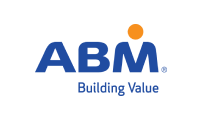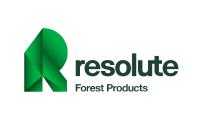How to remain resilient in a volatile business environment
Each company faces specific challenges related to supply chain – and senior industry leaders need to determine how to navigate the supply chain issues, provide potential solutions, to investors and shareholders. Of course, the current supply chain complexity and disruptions is to be expected from a post pandemic perspective, and it is among the top boardroom issues.
Executive leadership must focus on greater supply chain agility and resilience. Executives must consider several issues, such as to what extend they should be outsourced and/or insourced, what are the risks associated with outsourcing to certain geographies, what contingencies are in place in case of supply chain disruption and more.
The board has a responsibility to be proactive in protecting shareholder value linked to the supply chain issues. A well-managed supply chain can significantly reduce a company’s operating expenses, therefore driving up profits, in every aspect of the chain, from idea creation to marketing of the final product. A recent international survey of senior decision-makers revealed supply chain disruptions cost companies an average of $184 million annually, with U.S.-based companies feeling an even bigger pinch with average annual losses of $228 million.
How to achieve your ESG goals using supply chain becomes key:
- Create ESG metrics for suppliers. It’s difficult to measure something that isn’t clearly defined or has several meanings depending on region or those involved. Only few companies possess the resources to fully monitor each vendor within their supply chain, especially as companies need to quickly find additional vendors to meet supply shortages. As companies outline their ESG strategy, it would be wise to create a set of metrics and analytics to assess their suppliers’ ESG practices.
- Communicate clearly and frequently how to integrate ESG goals into supply chain operations.
- Supply Chain Mapping. Put strategies in place to rapidly react when a shortage arises: for example, when an order gets lost in the system, there’s a surge in demand, or something even more unexpected happens.
- Contracts with supply chain vendors. Explicitly outline your company’s ESG goals as well as what is expected of the vendors.
The four main pillars of a successful supply chain management are: diversified sourcing, maintaining liquidity, digitalized supply chain and improved demand forecasting.
Trust the most experienced & renowned ESG Training Provider. Effectively confront the supply chain challenges your corporation is facing by enrolling in the upcoming online practitioner training Certified Sustainability (ESG) Practitioner Program, May 12-13 & 16, (advanced edition) or benefit from the certification package program, adding the GRI Certified Standards Training Course – Reporting with the NEW GRI Universal Standards. Acquire now the professional certification issued directly by GRI, the world’s leading standard setter for sustainability disclosure!
Reach us at [email protected] for more information!
Our digital training programs regularly max out! Claim your spot-on time. Early bird & group discounts are available!







